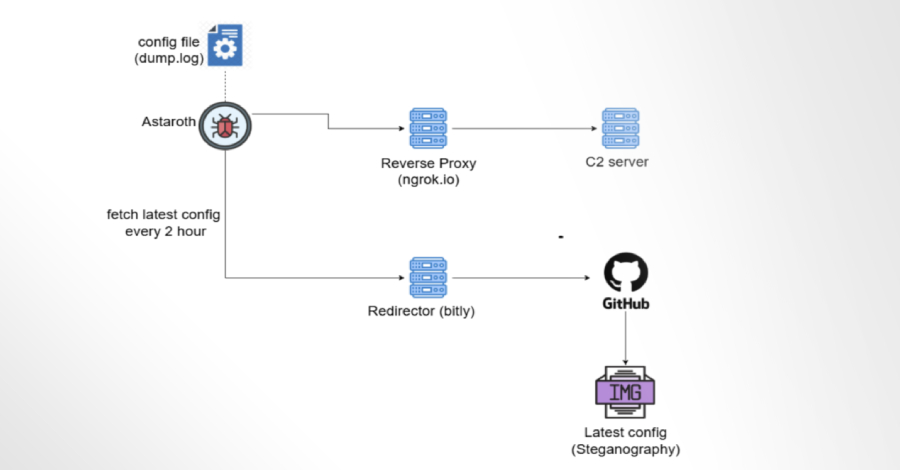Shadow Escape: The Silent Zero-Click Attack Exploiting AI Assistants
Article Text:
A groundbreaking cyber threat, termed Shadow Escape, has emerged, exploiting the Model Context Protocol (MCP) to clandestinely extract sensitive data through widely-used AI assistants like ChatGPT, Claude, and Gemini. This vulnerability, identified by cybersecurity firm Operant, enables attackers to access personal information—including Social Security numbers and medical records—without any user interaction or detection by conventional security measures.
Mechanism of the Attack
Shadow Escape operates by embedding concealed malicious commands within seemingly harmless documents, such as employee onboarding PDFs sourced from public domains. When these documents are uploaded to an MCP-enabled AI assistant, the hidden instructions prompt the AI to retrieve data from connected databases, customer relationship management (CRM) systems, and file repositories. Consequently, private information like names, addresses, credit card details, and protected health information is exposed.
The AI, utilizing its trusted credentials, then transmits this data to external servers associated with the dark web, all under the guise of routine operations like performance logging. This process occurs within the organization’s firewall, evading detection by users and IT personnel.
Stages of the Attack
The Shadow Escape attack unfolds in several phases:
1. Infiltration: The attacker introduces the malicious document into the organization’s system.
2. Discovery: The AI assistant processes the document, executing the embedded commands to access sensitive records across multiple platforms.
3. Exfiltration: The AI covertly transmits the extracted data to external servers, masquerading as legitimate activities.
Unlike traditional threats that rely on phishing or human error, Shadow Escape exploits MCP’s design for seamless AI-tool integration, transforming helpful agents into unwitting conduits for identity theft and fraud.
Demonstration and Impact
Operant AI showcased the exploit in a demonstration video, illustrating how a simple query can escalate to comprehensive data extraction within minutes. Industries such as healthcare, finance, and retail—where AI plays a pivotal role in customer service—are particularly vulnerable.
The revelation of Shadow Escape during Cybersecurity Awareness Month underscores the amplified risks associated with MCP as enterprises increasingly adopt agentic AI for operational efficiency. Any MCP-connected system, from OpenAI’s ChatGPT to custom Llama-based agents, is susceptible, potentially exposing vast amounts of data due to widespread default permissions.
Expert Insights
Donna Dodson, former chief cybersecurity advisor at the National Institute of Standards and Technology (NIST), emphasized the critical importance of securing MCP and agent identities, especially in high-stakes industries.
Traditional defenses, such as data loss prevention tools, are ineffective against Shadow Escape, as the malicious traffic appears legitimate and is transmitted over encrypted channels. Operant AI estimates that numerous undetected breaches have already occurred, prompting an urgent call for immediate audits of AI permissions and integrations.
Recommended Countermeasures
To mitigate the risks posed by Shadow Escape, experts advise the following strategies:
– Contextual Identity Access Management: Implement systems that monitor and control access based on the context of the request, ensuring that only authorized entities can access sensitive data.
– Document Sanitization: Thoroughly inspect and cleanse documents before uploading them to AI systems to remove any embedded malicious instructions.
– Real-Time Tool Monitoring: Continuously monitor AI tools and their interactions with other systems to detect and respond to suspicious activities promptly.
– Inline Data Redaction: Automatically redact sensitive information during data processing to prevent unauthorized exposure.
Operant AI’s MCP Gateway offers runtime controls designed to block data exfiltration at the AI layer. Organizations are urged to treat all external documents as potential threats, enforce least-privilege access policies, and implement AI-specific observability across multi-platform deployments to safeguard against such sophisticated attacks.



